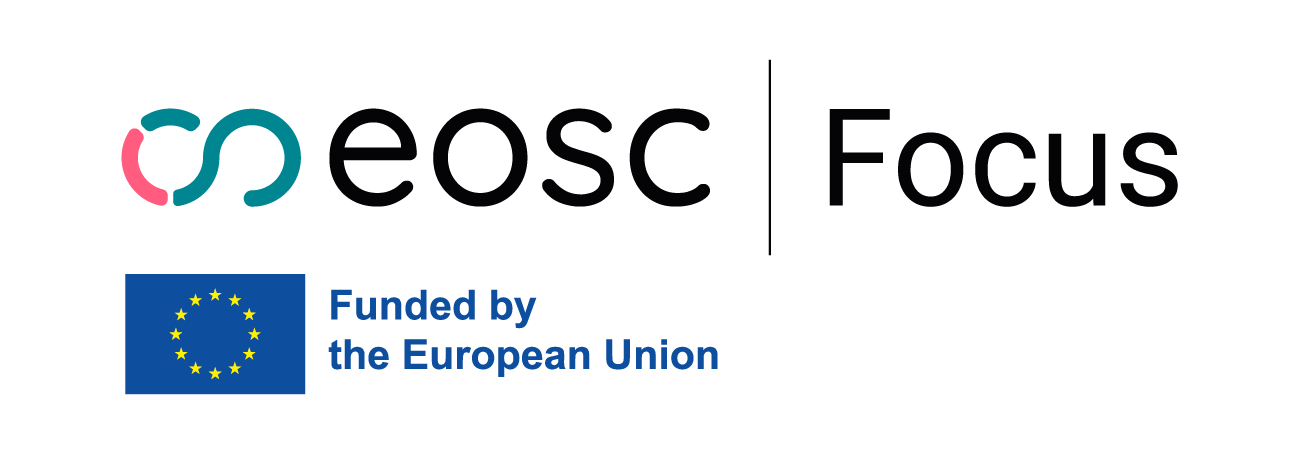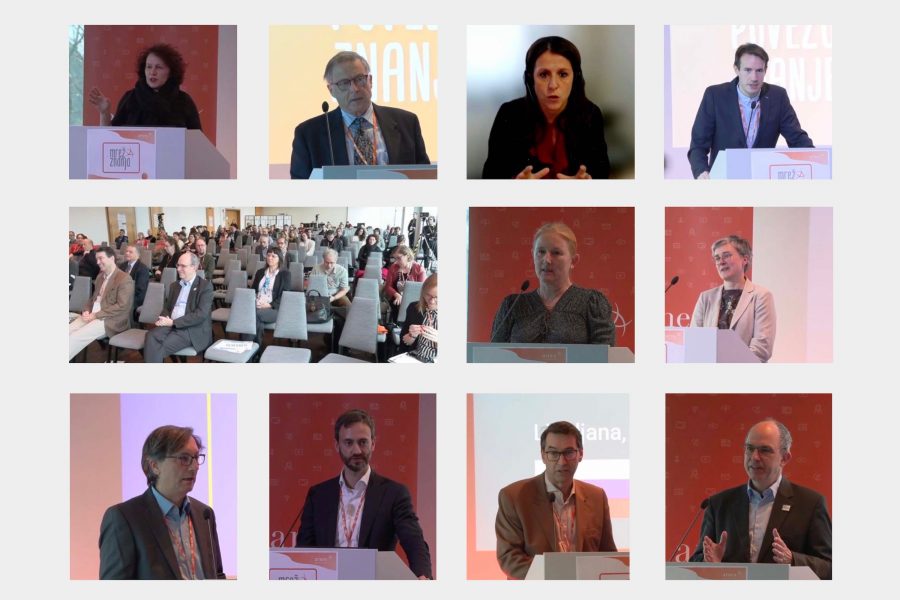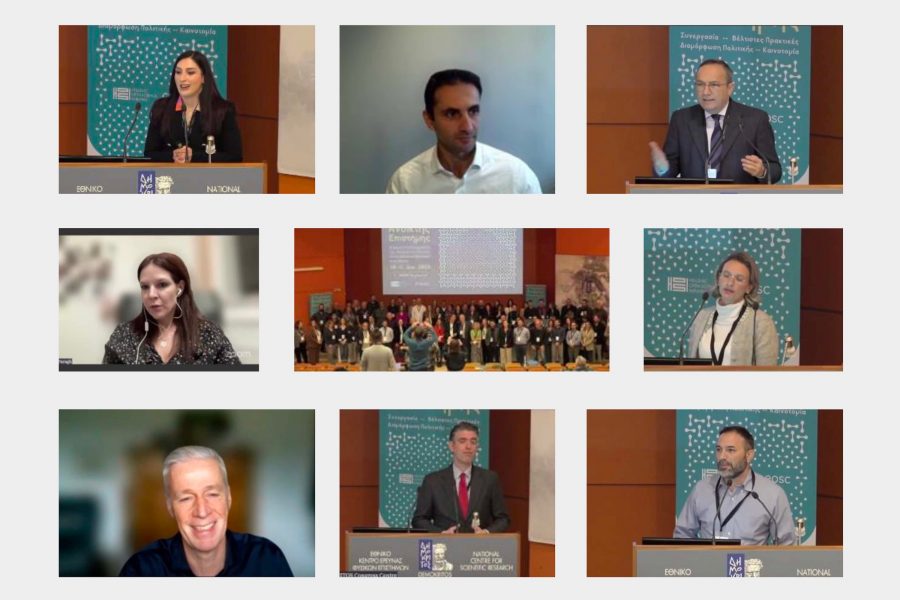This interview is part of a series coordinated by the EOSC Focus project. The interviews aim to highlight the role of the EOSC Association’s Mandated Organisations. By bringing their activities and insights to the forefront, the EOSC Focus interviews will help to reinforce the connections between each country’s Mandated Organisation and its EOSC Association member and observer organisations, as well as to make visible the work going into the implementation of EOSC at the national and institutional levels.
Miguel Rey Mazón TU Graz researcher and member of EOSC Financial Sustainability Task Force and Isabel Caetano EOSC-A Senior Stakeholder Engagement and Outreach Officer, interviewed York Sure-Vetter director at the National Research Data Infrastructure (NFDI) and full professor at Karlsruhe Institute of Technology (KIT).
The German National Research Data Infrastructure, NFDI, is the EOSC Association Mandated Organisation for Germany. NFDI spans a large amount of publicly funded research institutions in the country, including universities, non-university institutes like the Fraunhofer Society, Helmholtz Association, or Leibniz Institutes, research infrastructures and many others.
What is the role of NFDI in the EOSC Association? How do your goals align with EOSC’s goals?
NFDI brings together German research organisations to improve research data management (RDM) in all scientific disciplines. We started the discussions that led to NFDI in 2015, parallel with the beginning of EOSC. Our role aligns well with the goals of the EOSC Association at European scale, although EOSC has a bit wider scope than just research data, and also covers improving data access and data sovereignty.
What are your main motivations to be a member of the EOSC Association?
We have been mandated by the German Federal Ministry of Education and Research (BMBF) to represent Germany. Our main motivation is to improve access to research data. Science is an endeavour without frontiers. We need to collaborate with other countries and with the European Union to solve the big challenges across different nations, and EOSC is our chance to sort out how to do this in an age where data-driven analysis has become one of the key forces of research. We need to make sure that data is available for large- and small-scale experiments. Our mission is to solve the problems this brings at all levels.
How does NFDI work internally?
We are organised into “consortia” to address domain-specific problems in RDM that come with different research subjects, methods and types of data. Consortia can exchange ideas and utilise synergies via the NFDI network. Additionally, the consortia work together in sections on overarching topics such as metadata, standardisation, common infrastructures, education or legal issues.
The consortia were set up through several funding rounds. First results from the nine consortia in the first round are now coming in. We will evaluate how their achievements relate to activities in Europe to explore the best way in which we can interact with them. The EOSC Symposium 2024, which will take place in Berlin in October, will be a great opportunity to align EOSC and NFDI further. We will hold an NFDI meeting directly after the Symposium to enable closer interaction and discuss how to best combine the national and European perspectives. This model might work as well for other countries in the future.
We aim to bring our solutions to the rest of Europe and find collaboration opportunities with others who face problems similar to ours. We have worked on some cross-cutting topics relevant to all research disciplines, like the Authentication and Authorisation Infrastructure (AAI), and we can share our experience with other countries with similar technical problems of implementation.
Overall, we try to maximise the likelihood that the services we put in place are accepted from the very beginning, which is why we put so much effort into the consensus-building phase: there is no point in building cool services that no one is going to use.
Do you organise any specific activities to enable the bi-directional role of Mandated Organisations?
Our function as intermediary is well-suited for this bi-directional role. E.g., we have organised a roundtable with other German members of the EOSC Association to exchange views, analyse current events around research data, and discuss how we can best support the Association’s mission and vision. In the other direction, we bring international research data topics into the NFDI network.
There is still room for improvement in the alignment between NFDI and EOSC. For example, some of our members take part in ERICs (European Research Infrastructure Consortia), in ELIXIR and other life sciences structures, and at NFDI we need to capture these activities, too.
How do you bring progress at the European level into the national setting?
We have started Base4NFDI, a “meta-consortium” to identify cross-cutting services and find how to develop them. We want to find out what services are needed, find the partners to do it, and fund their development. The cross-cutting services needed in Germany coincide to a certain extent with those of other European countries.
NFDI receives substantial investment from the German federal and regional governments of up to 90 million Euros per year from 2019 to 2028. Are there any EOSC or Open Science related initiatives that are funded and that complement or share similar interests with NFDI?
Besides the BMBF funding programmes, the German Research Foundation (DFG) e.g. requires applications to design research to be as open as possible. We follow a step-by-step process where the level of commitment to Open Science increases gradually. For example, Data Management Plans (DMPs) were at first optional, but now DFG has switched to making them mandatory. This is a better way to engage researchers who are behind in the Open Science learning curve.
What do you think is Germany’s main strength regarding Open Science?
Germany puts a strong emphasize on science and has a rich diversity of research organisations and infrastructures. This has to do with our size, but also with the tradition in science and innovation, which is tightly coupled with the role of research as a driving force for industry, similar to other countries. With NFDI we try to bring this to a new level for RDM thanks to our cross-disciplinary bottom-up approach. With the exchange of experiences across different domains we are effectively breaking down the walls around RDM. Our key mission is really to make people understand that collaboration is key to success in RDM.
Besides NFDI, who would you name as key actors in Germany?
The Helmholtz Association is a key player with the mission to develop and operate large-scale infrastructures. Most of the large-scale infrastructures have the sole purpose of gathering data, including powerful High Performance Computing (HPC) centres. Some of them have been producing data for decades.
Given Germany’s federal structure, you have to take into account also the governments of the different federal states (Länder). Can you explain how regional actors contribute to implementing public policies?
Some Länder fund their own RDM activities to start communities of practice that can provide first-level support in RDM. In NFDI we try to align with these local initiatives and collaborate with them. Since RDM help desks have each their own focus, and there is no common technology, we organise workshops with the people who run the help desks to understand what they do, and what is and is not successful, to formulate a collective strategy to evolve this infrastructure.
What would you identify as other key challenges for the development of EOSC in Germany?
A key challenge is that it is extremely difficult to explain what is EOSC and what it does. EOSC is complex by nature, with many parallel things going. It is very difficult to explain EOSC’s mission and vision through concrete examples. Many of our problems originate here. My hope is to get a better understanding of what we are doing so we can create a clearer story. We must improve the storytelling and the shaping out of examples without a bias. This would help to explain what EOSC is, and why it is so cool.
Another big challenge is to understand the contribution of national initiatives, now and in the future. From my perspective, it is quite clear: we develop services at the national level that can be expanded to the European level. We still do not know how to make the two works together. In some areas it will be easier, like AAI, thanks to the presence of GÉANT, that has the connections, the network, and the capability to develop an infrastructure throughout Europe. We need to identify the key players on the European and national levels in other areas where it is not so easy.
Are there any current activities in Germany that you would like to highlight?
Personally, I am involved as a member of the advisory committee of the EC-funded FAIR-IMPACT project. What I really like in this project is the road-mapping activities: partners work together in a very pragmatic way to create shared roadmaps to realise the FAIR principles following a concrete plan.
Is there any example from NFDI consortia that you would like to highlight?
One example that comes from the Chemistry and Materials Science domain is, that the partners focus on electronic lab notebooks as an integrating infrastructure. Several communities have identified a shared need for connecting all devices in a laboratory. This is a complex process because it involves experiments where data are collected and metadata can be created on the fly. Relevant data from the experiment along with metadata describing the data is packaged in a container and deposited into a trusted repository, making it available for other research groups according to the FAIR principles. It would be interesting to explore if this could be extended to the European level: identify communities with the same needs and make a digital infrastructure for electronic lab notebooks.
From the perspective of researchers, the solution is good because it achieves data sovereignty without the researcher having to care much about it. The tool is easy to use, so researchers can focus on their experiments, and the infrastructure supports them in gathering all the data, producing metadata automatically, and makes it very easy to have that stored in a trusted cloud environment. Then researchers can decide how the data are shared.
Can you summarise your vision for EOSC post-2027?
EOSC, along with its partners such as NFDI, provides better access to research data and corresponding services.
| About NFDI The German National Research Data Infrastructure (NFDI) systematically accesses, networks, and sustains valuable scientific data, aiming to create a permanent digital repository adhering to FAIR principles. NFDI consortia, comprised of institutions within specific research fields, collaborate to achieve this goal. The non-profit Association Nationale Forschungsdateninfrastruktur (NFDI) e.V., based in Karlsruhe, coordinates these efforts, shaping the future of research data management in Germany. Read more about NFDI | 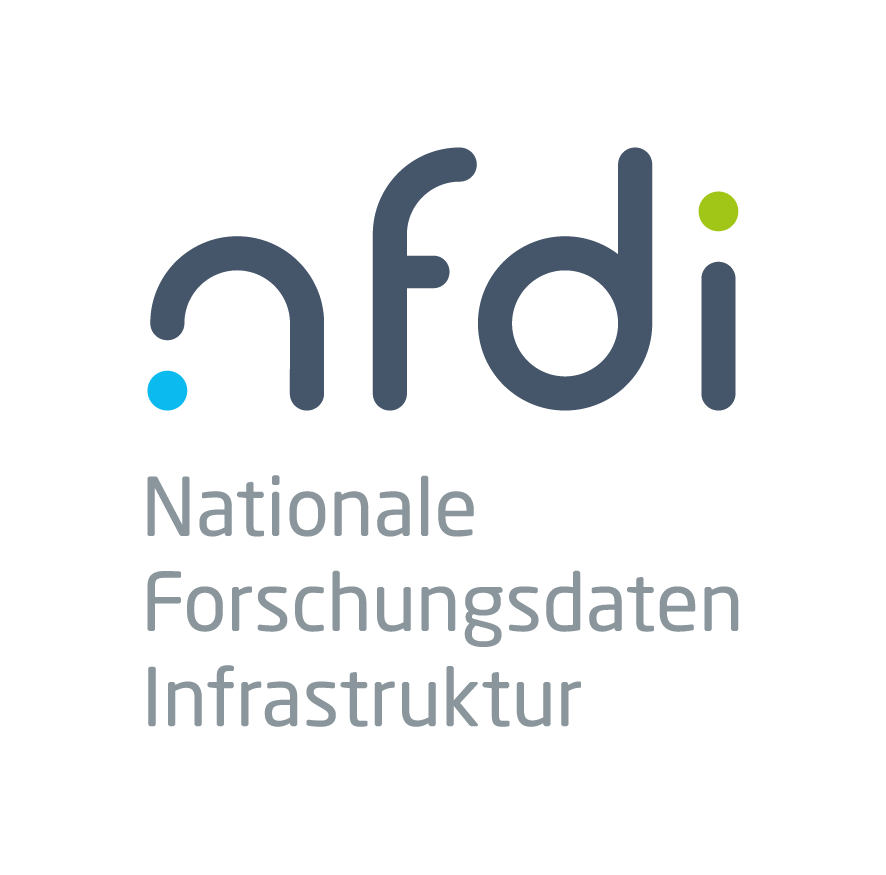 |
| About York Sure-Vetter York Sure-Vetter, professor at the Karlsruhe Institute of Technology (KIT), was appointed Director of NFDI (German National Research Data Infrastructure) on 1 March 2020. He has established research experience in artificial intelligence and data science. His career has taken him to various stations in the science system and also to the private sector. Between 2009 and 2015, he was President of GESIS – Leibniz Institute for the Social Sciences, the largest German research infrastructure for social sciences. At the same time, he held a professorship first at the University of Koblenz-Landau and then at the University of Mannheim. In 2015, he followed the call to the Institute for Applied Informatics and Formal Description Methods (AIFB) of the Karlsruhe Institute of Technology (KIT), where he taught and researched as a professor. He was also director at the Karlsruhe Service Research Institute (KSRI) of the KIT and at the FZI Research Centre for Information Technology. | 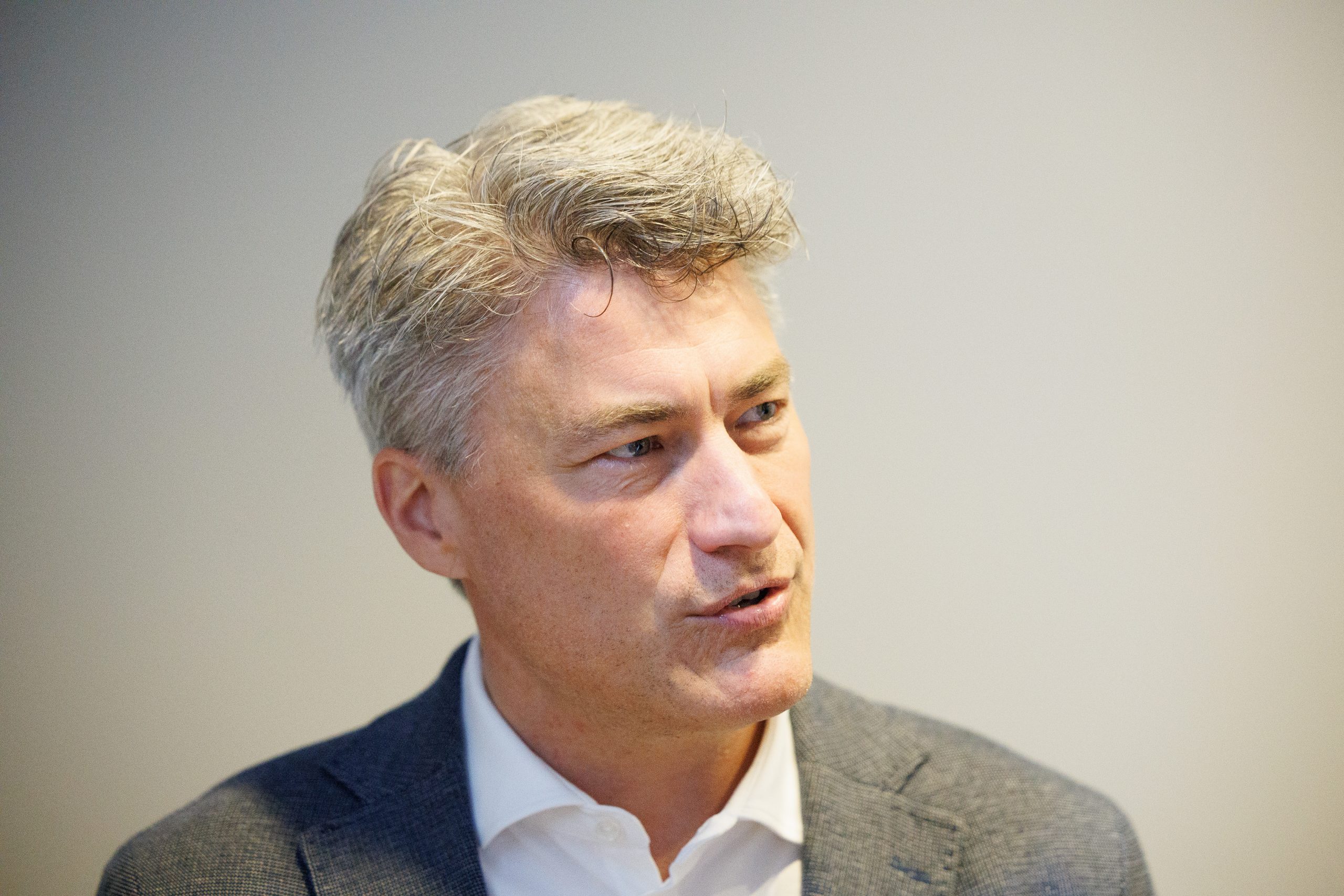 |
